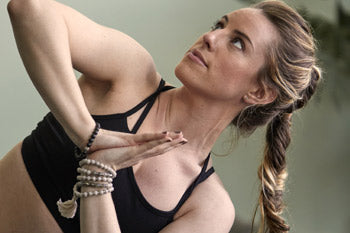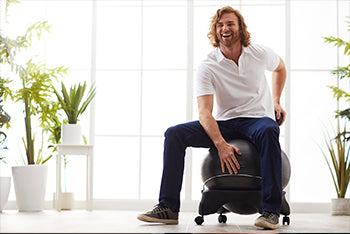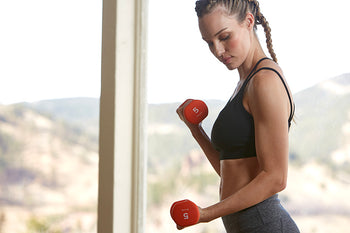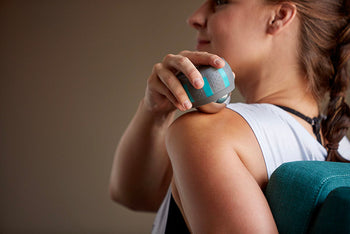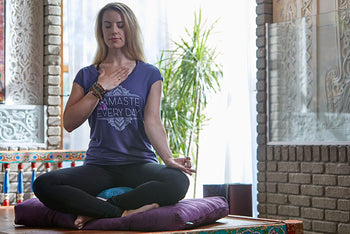How to Relieve Muscle & Body Tension

by: E.C. LaMeaux
There is a difference between having a fit body with strong, hard muscles and having muscle tension. What is muscle tension? Muscle tension is caused when a muscle contracts and does not release, which is not a healthy condition. Muscle tension can be caused by a physical occurrence such as overuse, or it can be a product of stress.
According to WebMD, muscle tension caused by stress, if left untreated, can lead to tension headaches. The main symptoms of muscle tension are stiff and achy muscles in the upper half of the body, often including the neck and jaw. If you find your muscle tension is debilitating in any way, it is best to consult your doctor. For general muscle tension, there are many alternative approaches. Read on to learn how to relieve body tension:
Step 1: Try massage therapy
Massage therapy is one of the best-known alternative remedies for relieving muscle tension. It is believed that massage therapy is about 4,000 years old, and in the 4th century B.C., Hippocrates wrote that patients could be treated by rubbing. Massage addresses the muscle tissue directly and can assist the muscle in releasing its contraction, thus easing muscle tension. The American Massage Therapy Association (AMTA) reports that massage can help release contracted muscles and lengthen tight ones. Mayo Clinic concurs that massage might be useful in the treatment of stiff and sore muscles.
There are many types of massage to choose from. Swedish massage is a gentle touch massage that is good for lighter forms of tension, while deep-tissue massage is effective in addressing deeper muscle tension. Either of these forms of massage will be helpful and a great way to relieve muscle tension, tension headaches, and neck stiffness. Massage therapists in your area can be found online or through a recommendation from a local doctor, chiropractor, or physical therapist.
Step 2: Practice yoga
Yoga is perhaps the oldest form of alternative muscle tension management. Some people claim the practice of yoga to be over 5,000 years old. Yoga uses techniques to lengthen, stretch and relax muscles while simultaneously working with your breath. Yoga addresses both the physical side of muscle tension and the stress aspect as well.
The late Tomas Brofeldt, M.D., from the University of California's Davis Medical Center in Sacramento, used yoga to treat head pain. Brofeldt described yoga as helping to improve posture which, in turn, can help relieve muscle tension. Mayo Clinic speaks of yoga as a way to relieve stress, which is one of the causes of muscle tension. A consistent yoga practice can help an individual face stress with more positivity and strength.
There are many forms of yoga available, and likely one particular style will feel best to you. Some styles of yoga are Ashtanga, Bikram, and Iyengar. If you're just starting out, any beginner's class or beginner's yoga DVD will help you see if yoga can assist you in relieving your muscle tension. Starting slowly is always smart. Yoga classes in your area may be listed online or posted at your local fitness center.
Step 3: Take a hot bath or soak in a whirlpool tub
People have been using hot baths to relieve muscle tension for a long time. There is evidence to suggest that people in Ancient Egypt, around 2000 B.C., were using hot baths for therapeutic purposes. Many cultures have created healing environments around natural hot springs. Even animals have been known to sit in hot springs. Unless you have a contraindicated condition, you can try hot baths to ease your muscle tension.
Hot water allows muscle fibers to loosen and relax, in turn relieving muscle tension. Hot baths can also be soothing to your nervous system. Healing substances can be added to the bath, such as Epsom salts. The Epsom Salt Industry Council explains that Epsom salt, which is the mineral magnesium sulfate, can act as a sedative for the nervous system, as well as help to lessen the amount of lactic acid built up in the muscle fibers. Essential oils can also be added to a warm bath to assist in relaxation and release of muscle tension. Never stay in a warm bath too long. Be aware of dizziness, and always check with your doctor first before trying these remedies.
Also in Blog
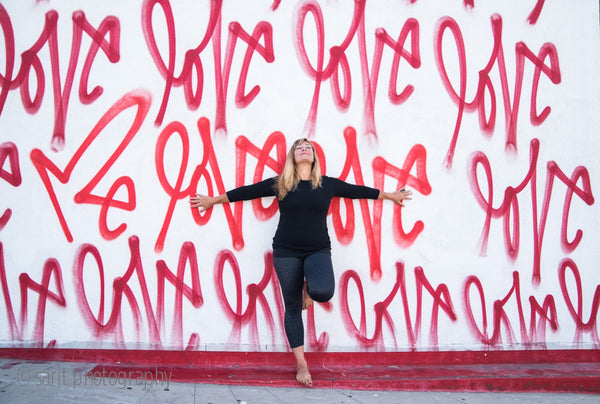
Body Peace & Personal Empowerment
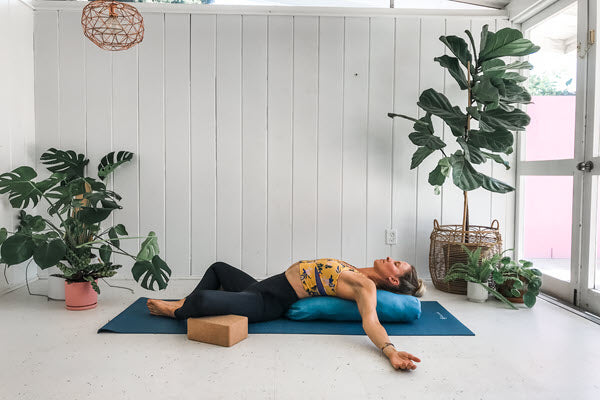
Yoga for Swimmers: Poses for Strength and Mobility


